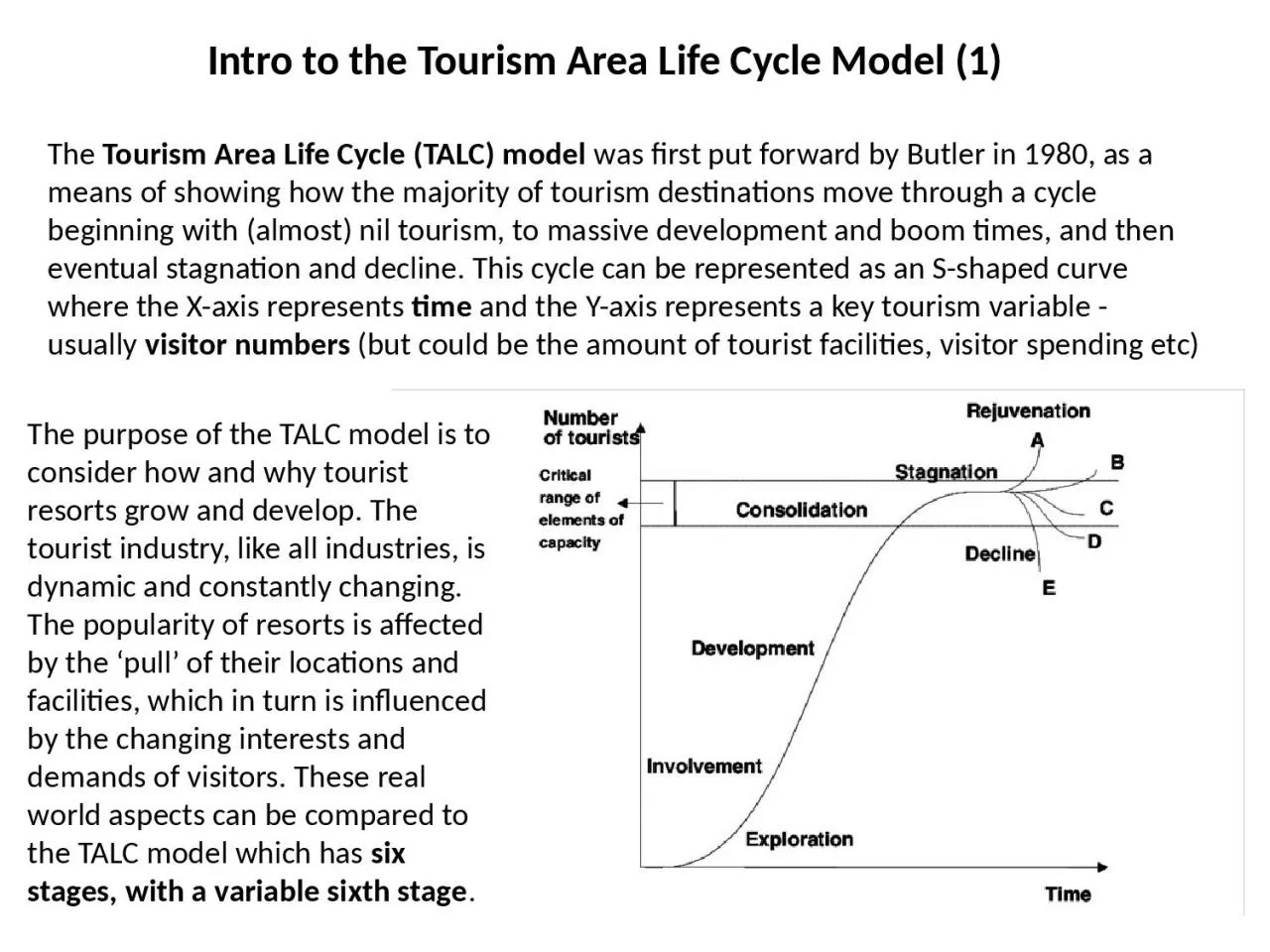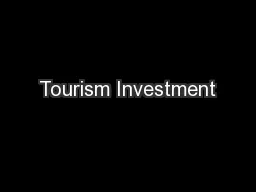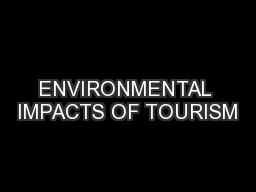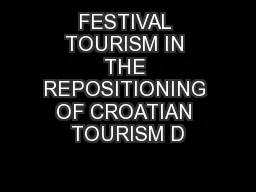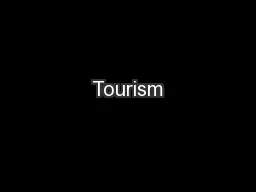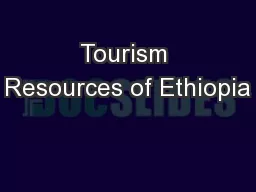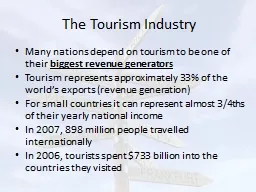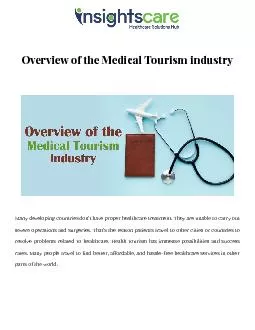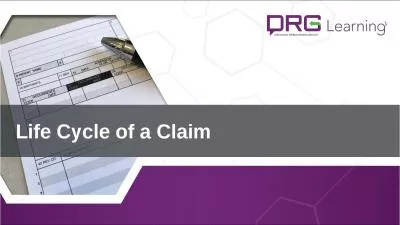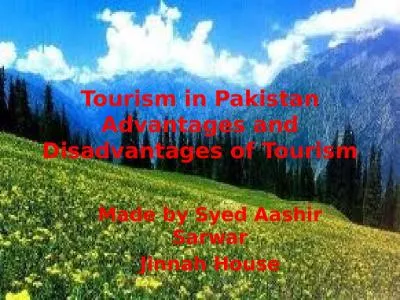PPT-Intro to the Tourism Area Life Cycle Model (1)
Author : ximena | Published Date : 2023-08-30
The Tourism Area Life Cycle TALC model was first put forward by Butler in 1980 as a means of showing how the majority of tourism destinations move through a cycle
Presentation Embed Code
Download Presentation
Download Presentation The PPT/PDF document "Intro to the Tourism Area Life Cycle Mod..." is the property of its rightful owner. Permission is granted to download and print the materials on this website for personal, non-commercial use only, and to display it on your personal computer provided you do not modify the materials and that you retain all copyright notices contained in the materials. By downloading content from our website, you accept the terms of this agreement.
Intro to the Tourism Area Life Cycle Model (1): Transcript
Download Rules Of Document
"Intro to the Tourism Area Life Cycle Model (1)"The content belongs to its owner. You may download and print it for personal use, without modification, and keep all copyright notices. By downloading, you agree to these terms.
Related Documents

